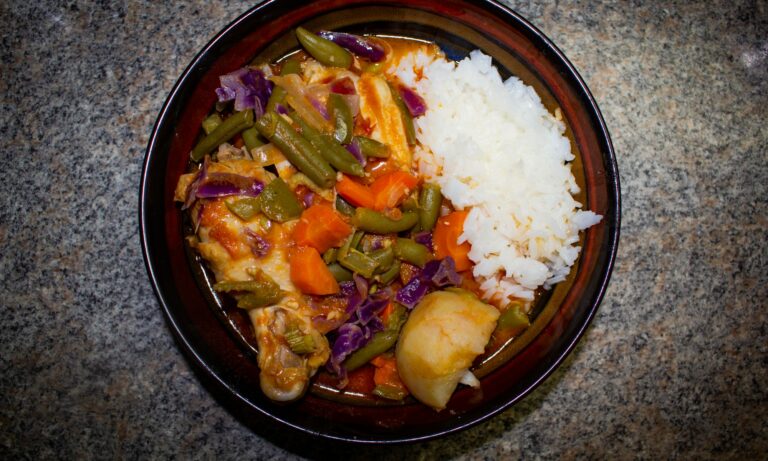Introduction to Malian Cuisine
Malian cuisine is a reflection of the country’s diverse cultural heritage and geography. It is characterized by the use of grains, vegetables, and protein sources such as fish, beef, and chicken. The most commonly used grains in Malian dishes are millet, sorghum, and rice. Malian cuisine is also known for its use of spices and herbs, such as ginger, garlic, and chili peppers.
West African Cuisine Overview
West African cuisine is diverse due to the region’s many ethnic groups and cultural influences. It is characterized by the use of grains, starchy root vegetables, and protein sources such as fish, meat, and poultry. The most commonly used grains in West African dishes are millet, sorghum, and rice. West African cuisine is also known for its use of spices and herbs, such as cinnamon, coriander, and thyme.
Shared Ingredients and Spices
Malian and West African cuisine share many ingredients and spices. For example, both cuisines use grains such as millet, sorghum, and rice. They also use starchy root vegetables such as cassava and yams. Some of the spices that are commonly used in both cuisines include ginger, garlic, and chili peppers. These shared ingredients and spices contribute to the similarities between Malian and West African dishes.
Cooking Techniques in West Africa and Mali
Malian and West African cuisine share many cooking techniques. For example, both cuisines use a technique called one-pot cooking, where all the ingredients are cooked together in one pot. They also use grilling, roasting, and frying as cooking methods. These techniques help to bring out the flavors of the ingredients and create unique dishes.
Influences from Neighboring Cuisines
Malian cuisine is influenced by the neighboring West African cuisines. The influence is more pronounced in the northern regions of Mali, which have a shared cultural heritage with the neighboring countries of Niger and Algeria. These influences are seen in the use of spices such as cumin, paprika, and coriander, which are commonly used in Algerian and Tunisian cuisine. In addition, the use of couscous, a staple in North African cuisine, is also seen in some Malian dishes.
Examples of West African Flavors in Malian Dishes
Some examples of West African flavors in Malian dishes include the use of peanuts, which are commonly used in West African cuisine, in dishes such as maafe, a stew made with meat and vegetables. In addition, the use of palm oil, a staple in West African cuisine, is also seen in Malian dishes such as fufu, a starchy side dish made with cassava or yams. These flavors and ingredients help to create a unique taste profile for Malian cuisine.
In conclusion, Malian cuisine shares many similarities with the neighboring West African cuisines, particularly in the use of grains, vegetables, and spices. The influence of the neighboring cuisines is seen in the use of spices and ingredients such as cumin, paprika, and peanuts. These shared culinary techniques and ingredients have helped to create a diverse and flavorful cuisine that reflects the region’s rich cultural heritage.

